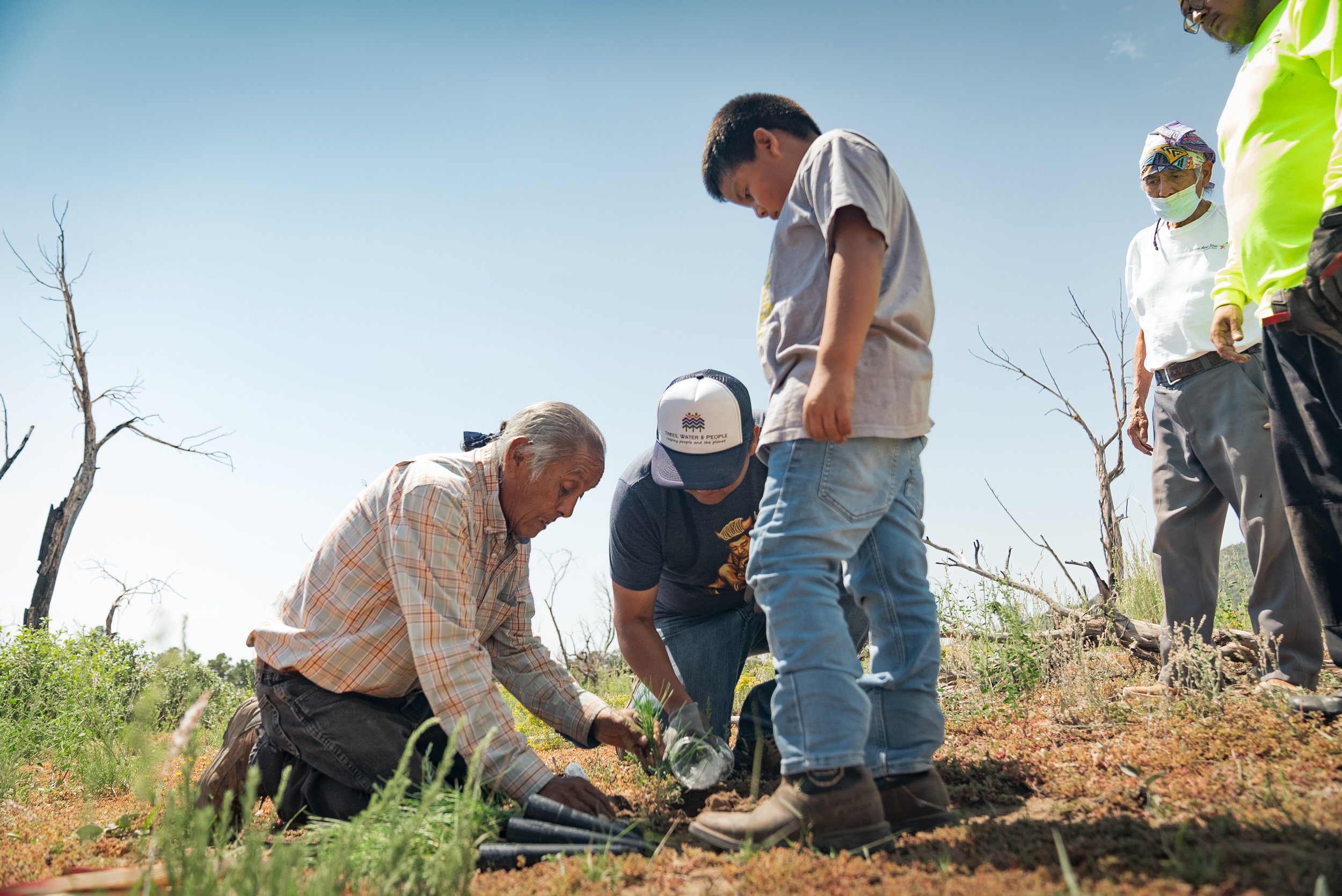Indigenous Sovereignty In Action
James Calabaza - Indigenous Lands Program Director
My last few months have been filled with exciting adventures and experiences. I was blessed to visit Central America in February, followed by a spontaneous trip to Washington DC last week. Both trips provided me with the opportunity to expand my lens in relation to what Indigenous Sovereignty means on a national and international scale.
Growing up in my community of Kewa Pueblo, NM, I was directly immersed in the intangible aspects of Indigenous Sovereignty. From speaking our language to participating in cultural events to eating our traditional foods, I practiced and lived Indigenous Sovereignty at a local level. But after traveling through the beautiful countries of Honduras, El Salvador and Guatemala for three weeks, I learned what Indigenous Sovereignty means at the International level. It’s about family, culture, and connection to the land but more importantly, it meant the right for communities to govern their lands and resources. These are the stories I listened to while eating baleadas, drinking coffee and hiking majestic volcanoes, with the people who live this practice every day.
Back in the U.S., Tribes (just like any other Indigenous community in the world) have faced years of displacement, oppression and unequal opportunities to co-manage ancestral lands. But hope and change is percolating. I recently participated in the Conservation in Action Summit, which was hosted by the White House Council on Environmental Quality and the Department of Interior, an initiative the Biden-Harris administration wants to implement regarding co-stewardship opportunities for Tribal nations. While the room was filled with primarily caucasian conservationists, there was a small percentage of Tribal representation, including Secretary of Interior Haaland. When Secretary Haaland opened the summit with a prayer in our native language, Keres, it made me think of our ancestors who fought to let her speak at the platform. As she continued her story, one thing stood with me, she was sharing the same stories that people in Central America talked about regarding community, animals, lands, and water and how they all play an important role in Indigenous Sovereignty.
Back in Colorado, I’ve had some time to process and think about the rich stories I heard. Indigenous peoples make our life beautiful and more vibrant. Their connections to the land are truly unremarkable and provide us with the knowledge to understand our precious ecosystems better so that we can heal and protect mother earth. These stories make me proud of who I am, where I come from and how we can build a better world. This is indigenous Sovereignty in action.
It’s About Family




